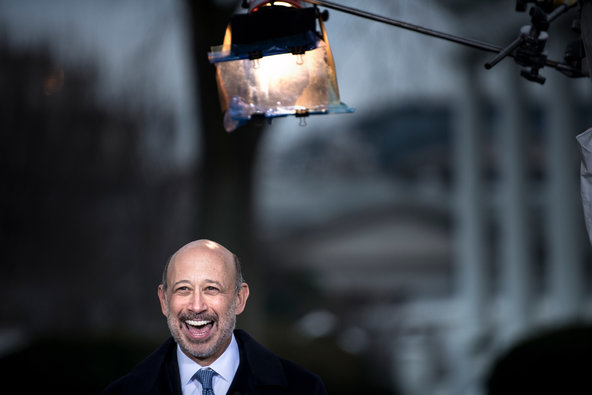All summer, Federal Reserve officials said flattering things about the economy’s performance: how strong it looked, how well it was recovering, how eager they were to step back and watch it walk on its own.
But, in a reversal that stunned economists and investors on Wall Street, the Fed said on Wednesday that it would postpone any retreat from its monetary stimulus campaign for at least another month and quite possibly until next year. The Fed’s chairman, Ben S. Bernanke, emphasized that economic conditions were improving. But he said that the Fed still feared a turn for the worse.
He noted that Congressional Republicans and the White House were hurtling toward an impasse over government spending. That was reinforced on Wednesday, when House leaders said they would seek to pass a federal budget stripping all financing for President Obama’s signature health care law, increasing the chances of a government shutdown.
And the Fed undermined its own efforts when it declared in June that it intended to begin a retreat by the end of the year, causing investors to immediately begin to demand higher interest rates on mortgage loans and other financial products, a trend that the Fed said Wednesday was threatening to slow the economy.
“We have been overoptimistic,” Mr. Bernanke said at a news conference Wednesday. The Fed, he said, is “avoiding a tightening until we can be comfortable that the economy is in fact growing the way that we want it to be growing.”
Investors cheered the Fed’s hesitation. The Standard Poor’s 500 stock-index rose 1.22 percent, to close at a record high, in nominal terms. Interest rates also fell; the yield on the benchmark 10-year Treasury reversed some of its recent rise.
Some analysts, however, warned that the unexpected announcement was likely to worsen confusion about the Fed’s plans, increasing the volatility of the markets in the coming months as investors sort through the Fed’s mixed messages about how much longer it plans to continue its bond-buying campaign. The delay also means that the decision to retreat may ultimately be made by the next Fed chairman, after Mr. Bernanke steps down at the end of January. President Obama has said that he plans to nominate a replacement as soon as next week. Janet L. Yellen, the Fed’s vice chairman, is the leading candidate.
“The cost of not setting out on a default gradual glide path for completing QE3 today is that this issue is now likely to be front and center in the nomination and confirmation process for the new Fed chair,” wrote Krishna Guha, head of central bank strategy at the financial services firm International Strategy Investment, referring to the Fed’s asset purchases of quantitative easing.
The Fed unrolled an aggressive combination of new policies last year in an effort to encourage a housing recovery and increase the pace of job creation. It started adding $85 billion a month to its holdings of Treasury securities and mortgage-backed securities, to help keep long-term borrowing costs down and said it planned to keep buying until the outlook for the labor market improved substantially. The Fed also said it would keep short-term rates near zero for even longer — at least as long as the unemployment rate remained above 6.5 percent.
Half a year later, in June, Mr. Bernanke surprised many investors by announcing that the Fed intended to start cutting back on those asset purchases by the end of 2013. Fed officials reiterated that intention in July, and several officials had since suggested that the Fed might begin to pull back at the September meeting. It is also scheduled to meet next month and in mid-December.
Some critics question the Fed’s assessment of the economy, in particular its claim that a declining unemployment rate is a sign of progress. They note that unemployment is falling in part because fewer people are looking for work, and therefore are no longer officially counted as unemployed.

Jack Ewing contributed reporting from Frankfurt.
Article source: http://www.nytimes.com/2013/09/19/business/economy/fed-in-surprise-move-postpones-retreat-from-stimulus-campaign.html?partner=rss&emc=rss








